One of the key questions to answer prior to implementing any new technology is why are we doing this? And who is it helping? What this often comes down to is the initiative targeted at helping project runners, or providing the leadership team with effectively more control over the business.
The success of a new solution is often dictated by the level of attention, training, and support provided, which is commonly carried by those outside of the IT department and immediate project teams. For SME’s this is your Office, HR, Finance, and QA teams who help make businesses tick and are the people you really notice when they aren’t there!
We’ve noticed an increase in the level of filing and tracking of all internal correspondence, which has inevitably become more important as staff turnover increases. However, the internal business support functions are still often dealing with the same, if not more, email volume than before. See below for some use cases on how Mail Manager supports your critical business teams:
Business Support Functions adopting Mail Manager
HR
Typically, workers in HR are exchanging sensitive information via email, whether to do with salaries, pension, or a disciplinary process. We often see an attempt at a filing structure with folders created against each employee, and a folder on a server for each employee which contains key documentations such as their employment contract.
Emails with an employee are the kind of thing that often goes unfiled, particularly what’s been said to the employee, but by the time it’s important to have access to them it can be too late or a massive headache.
Mail Manager helps HR teams by:
- Ensuring employees are filing their information as part of their workflow, and you aren’t left with an overloaded, unorganised inbox when an employee leaves the business.
- There’s a clear record of every HR conversation with an employee, so it’s easy to see when a job role changed, was agreed or what was discussed in their last appraisal.
- If someone’s on annual leave but you’re picking up a conversation with their client, you’re able to see the most recent correspondence.
- Internal documentation and policy announcements are tracked to help drive accountability for new process adoption.
Office Manager
Office Manager work has changed massively given the change in office working, and we’ve all realised the variety of what they do. In any day, they can be your filing sheriff, point of contact for a client, HR, Finance, and QA manager all in one.
The reason why Office Managers love using Mail Manager is:
- It gives them visibility across the business of the information they need to respond to queries from the leadership, and provide an information now service as/when required.
- Enables the filing of their key correspondence.
- Ensures employee information relating to internal projects, employee data, or process correspondence is captured.
- Forms an integral part of ensuring everyone is filing their own emails, meaning there’s less chasing required.
Finance teams
Finance teams were one of the early adopters of technology and most firms have an accounting system which includes invoicing in place.
The tracking of when invoices are sent is critical and that’s often included in an Accounting system. This presents some obvious challenges in that:
- The finance team are the only one’s accessing that system.
- Any credit control correspondence is often an informal process of chasing emails being kept away in your Finance Manager’s sent items.
Mail Manager helps Finance teams and the wider business by:
- Providing clear transparency of when invoices have been sent, chased, and, importantly, who they’ve been sent to.
- Provides you with an immediate view of the conversations which have taken place regarding the payment of an invoice.
- If there have been special terms or exceptions agreed you’re able to see the broader conversations that have happened with that client about the agreement in Mail Manager.
QA
In small businesses, as mentioned above, the Office Manager can wear many hats! In larger businesses, QA carries it’s own function, either included with or separate to Health & Safety.
Risk Management is critical in this area. The standardisation of processes, whether it’s relating to an on-site activity, document control, or organisation of project information are linked to a reduction in money spent on claims, safer building’s, and, ultimately, a more successful businesses.
One of the frustrations QA Managers share with us is they know in the business who is more and less likely to follow filing & naming processes expected of them, but also that when it comes to an ISO audit they’re ‘hoping’ projects where this is done poorly aren’t picked or, at least if they are, they need some advance warning.
As the Hackitt report on safer buildings highlights following the Grenfell Tower disaster, there is no substitute for a proactive approach to Quality Management. Mail Manager transforms your QA processes from an email point of view by:
- Ensuring email is treated as any other form of key documentation/correspondence would be. In that it’s filed, retrievable, and consistently titled.
- You are less reliant on users to file to the correct project and to name files correctly.
- When it comes to an audit you can point an assessor to Mail Manager rather than to a document explaining what people ‘should do’.
All of the above support your business when things go wrong, whether it’s an employee leaving, an overdue invoice, or a problem on a project. Mail Manager doesn't just support project deliverability, it supports the wider business.










